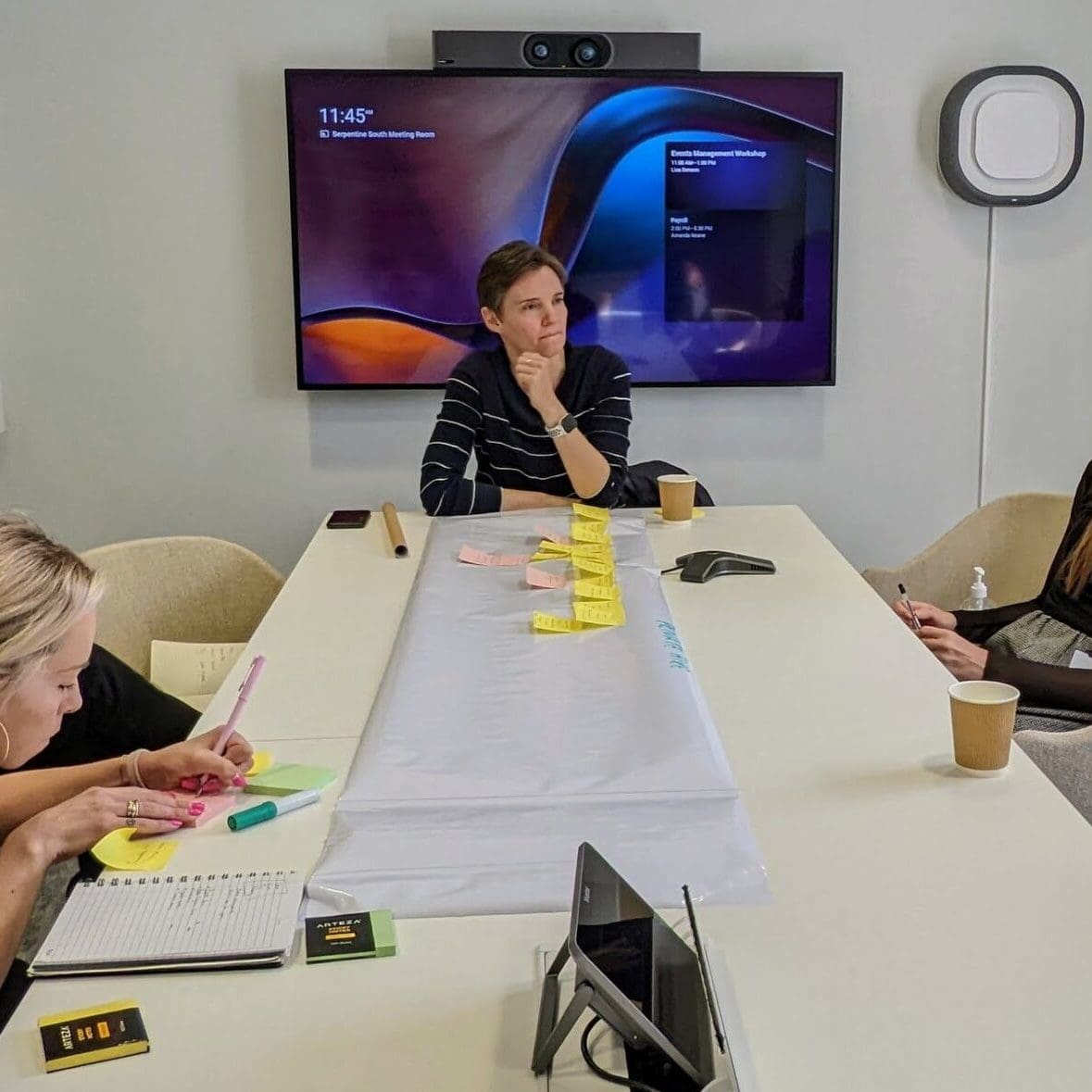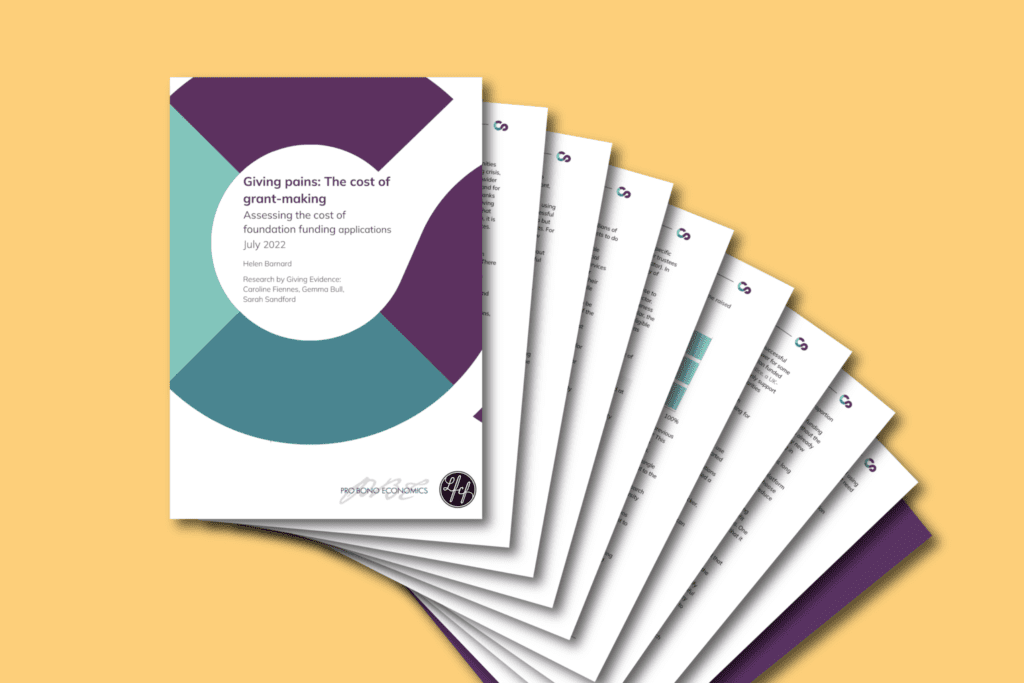Making your tender process a little easier…
You’ve got a project you want to deliver. Maybe you want to implement a new digital platform for your grant making, or you need some service design support to help with the design of a new funding programme. Whatever it is you’re doing, you know that getting the right supplier to partner with you is key. But that’s not always as easy as it may seem.
As a consultancy we bid for projects all the time. We’ve seen some great processes that allow suppliers to explain their services well. And, we’ve seen many processes that don’t. Here are a few of our top tips for finding the right supplier.
Cost is king. Or is it?
Lots of procurement processes place a high value on the cost a supplier puts forward. That’s understandable. Every organisation has to control costs, and you don’t want a project to spiral out of control. However, placing such a high value on an exact cost doesn’t always help you in the long run. Here’s why:
- Even if you try to define everything up front, as clearly as you can, it’s impossible for a supplier to know enough to be able to quote completely accurately. This is particularly the case when the tender is for a digital solution. Only when a supplier starts working with you and fully understands the processes you want to build, do all the requirements and user needs really come to light. Any costs at supplier gives at a tender stage can realistically only be approximations.
- As costing is so hard to do accurately at this stage, you may inadvertently penalise a supplier who has understood your complexity better than one who hasn’t. This means that you may score a lower priced bid more favourably at the tender stage, but in the long run, discover that it ends up being more expensive as the project unfolds and numerous change requests have to be made to top up that initial budget.
- Defining everything up front might give people a sense of security but in reality, it doesn’t tend to bring the best results. Consider instead focusing on day rates, the supplier’s approach and previous success. This can give you confidence in how the supplier will manage the budget and how much similar projects have cost. It also allows the project to be more agile in approach, learning as you develop rather than trying to predict upfront what may happen.
Only ask for what you really need

Our hearts always sink when we open up tender documents with tables full of requirements and multiple long documents to read. Many of our team have worked in non-profits creating Request for Proposals, so we understand the temptation to try to ask about everything. But only asking for what you really need is a much better approach. Here’s why:
- If you create tenders that take too long to respond to it may mean that some suppliers you might like to hear from won’t submit a response. We have turned down many opportunities to bid for things because the process is too time consuming. Leading suppliers are likely to be very busy. If you want to make sure you hear from the best candidates, make sure your process is proportionate.
- Tables with rows and rows of requirements are often quite repetitive and go into detail that isn’t needed at this stage. Suppliers are unlikely to have time to answer them all in depth so you might end up with quite minimal information on each point. Think about what you really want to know, and make sure that’s what the suppliers focus on too so you have quality information to assess.
Be careful with your scoring
On face value, scoring sounds like a great way to be fair. However, be careful that your scoring framework doesn’t limit you too much. As an example, we have seen cases where organisations realise after the interviews that the way they weighted the scoring hasn’t worked well, or that they have missed important categories for scoring that the interviews themselves brought to light. Scoring is fine, just think about it as one tool in the selection box, rather than the only thing that you will make your decision on.
Consider phasing your project
Really big projects add additional risk for everyone. They are harder to write proposals for as there is so much we just can’t know. And for you, there is the risk that you sign up with a supplier who you release after a while isn’t the right one for you.
Have a think about whether you can break your project into phases. For example, if you aren’t sure on all the user needs for your digital project, consider starting with a separate Discovery phase and have suppliers bid for that first. That will make it easier for people to bid initially, and for you to select someone. You’ll then have a lot more information to invite people to bid for the next part of the project. It’s tempting to do everything in one go, but sometimes, little is better.
Talking is good!
Technical skills and experience are important but equally important (or maybe even more important!) is finding a supplier you can trust and work well with. Finding a partner that shares your values, understands you and is keen to work in a similar way to you can be priceless. It’s hard to find that out from written documents alone. Take the time to talk to your potential suppliers. If possible, do that first before you do any initial shortlisting so that you are only requesting full tender documents from organisations you think would be a good fit for you.

That will stop suppliers you that wouldn’t be right for you from spending time applying in full, and will reduce the number of bids you need to review too.
Lastly, if writing tenders isn’t something you have experience of or if it’s something you just don’t have the time to do, consider asking someone else to take on that task for you. Writing tenders and managing tender processes is one of the services Hyphen8 offer. Check out more here RFP and Tender Process Design or contact team@hyphen8.com






